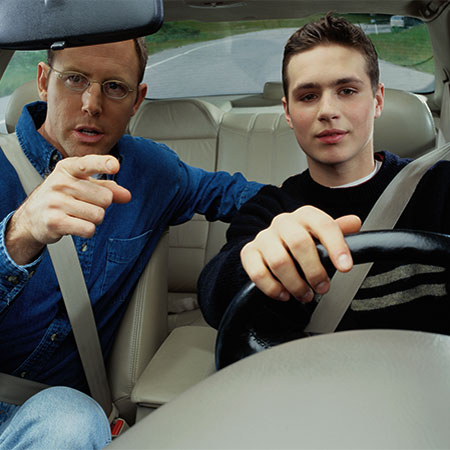
A leading cause of death for teenage driving accidents among the age of fifteen to twenty is motor vehicle accidents. States have scrambled to ease the numbers by implementing strict laws such as restricting nighttime driving and even regulating the number of passengers when a teenager happens to be the one behind the wheel.
Scroll down for video
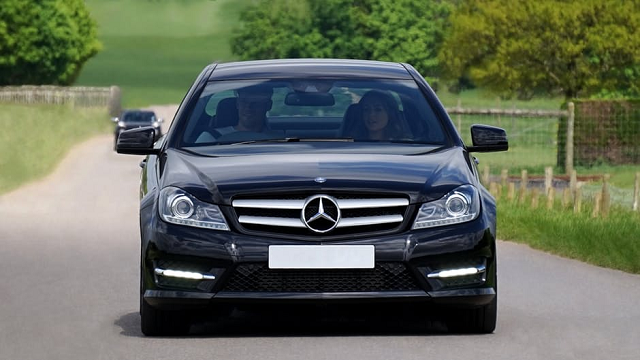
Mike Bird
Here are some alarming statistics regarding teenage driving accidents gathered by the Insurance Institute for Highway Safety:
- 2,823—the number of teenagers aged 13–19 who died from fatal car accidents in 2012.
- Two out of three teenagers who died from these accidents were male, supporting the study that says more male teenagers indulge in erratic driving than females. But the numbers have improved over the years, as accidents involving male drivers have drastically decreased by 72% since 1975 (females: 56%).
- About 8% of motor vehicle accidents involved teenagers, based on a study conducted last 2012. While their demographic also comprised 10% of passenger vehicle deaths, 6% of pedestrian deaths, and 11% of deaths of bicyclists. The study was based on subjects of all ages.
- Most teenage driving fatalities were passengers, comprising an alarming 79% compared to bicyclists (3%), all-terrain vehicles (1%), other vehicles (2%), motorcyclists (5%), and pedestrians (10%).
- Around 60% of vehicle passenger deaths had teenagers ages 16–19 behind the wheel.
- The summer months of June and July saw the highest number of teenage driving deaths last 2012.
- Around 53% of teenage motor vehicle crash deaths happen on Friday, Saturday, and Sunday.
- An alarming 17% of teenage vehicular accident related deaths happen from 9:00 p.m. to midnight.
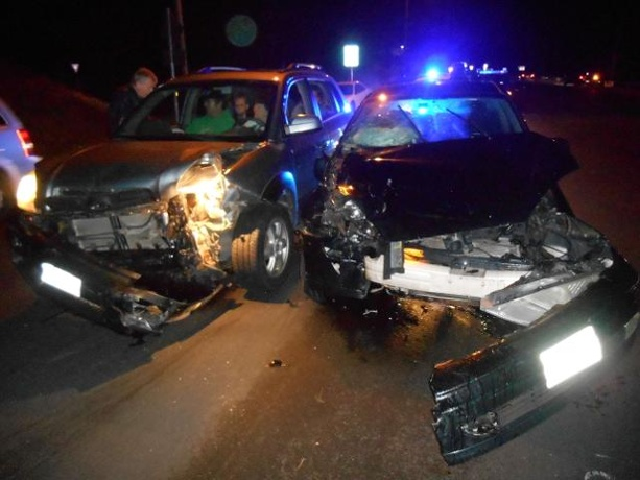
WMUR
- A big 54% of teenage passengers who died from vehicle accidents are from vehicles that are driven by another teenager. In the same study conducted but this time examining all ages, 14% happen when another teenager is behind the wheel.
- Fatally injured drivers aged 16–19 years old are known to make use of safety belts more often than drivers 20–29 years old do or those 30 years of age and older. The numbers may vary, though, but still, mark how crucial it is for passengers and drivers to use safety belts.
- About 48% of drivers involved in single-vehicle drivers are teenagers, while those aged 25 and older comprise 39%.
- Most of the fatally injured teenage drivers are males, and one of the leading causes is driving under the influence of alcohol. In fact, 18% of males had BAC levels above .08 percent; females, on the other hand, close in at 17%.
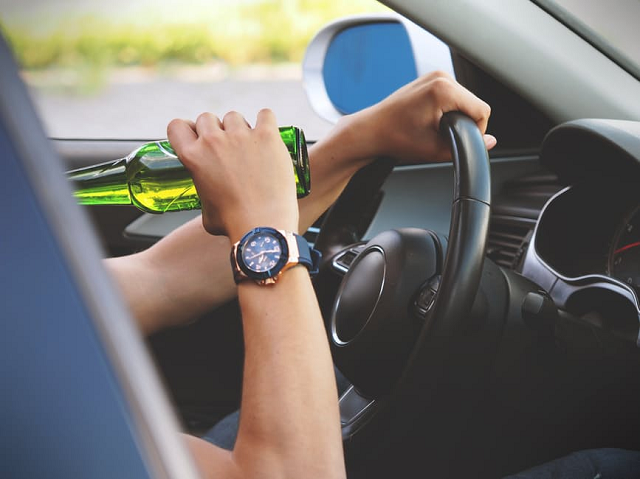
energepic.com
- According to an AAA Foundation for Traffic Safety report released last May 2012, the risk of fatalities among teenage driving accidents increases as the number of passengers does. For example, one passenger poses a 44% chance of crashing and the percentage doubles as the passenger count rises to two, triples when it becomes three, and so on.
Distractions and Other Causes of Teenage Driving Accidents
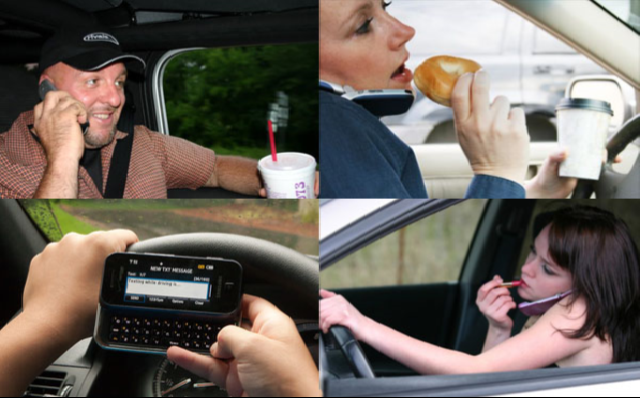
Precise Car Service
According to research, distraction can greatly contribute to the chance of fatal car accidents, which 89% road departure crashes and 76% rear end crashed.
Some common forms of distraction stated below:
- mobile phones (12%)
- interacting with other passengers (15%)
- getting distracted by an object/ thing inside the vehicle (10%)
- getting distracted with things outside rather than focusing on the road (9%)
- distracted by music or in-car radio (8%)
- grooming (6%)
- reaching for objects within the vehicle (6%)
Accidents may be on the rise with the numbers presented, but they are avoidable. Help secure the safety of your teenagers by making sure they take extra precautions while behind the wheel.
Here are some helpful tips:
- Avoid speeding. As parents, it is best to entrust teens with vehicles that have regulated horsepower, reducing the temptation to push the vehicle to its limit.
- Small SUVs and bigger vehicles protect teens from fatal injuries in case of a crash. Small cars may look suitable but are often not recommended for young drivers.
- Regulate the number of passengers.
- Secure a parent-teen contract for driving and ensure necessary punishment in case this is breached.
- Whether or not your state has a curfew, make sure you set this for your teen especially seeing how common it is to have accidents during the night
- Make sure your teen’s vehicle passes the safety ratings regulated by the IIHS.
- Install a reliable GPS tracker on the vehicle. First and foremost, this allows parents to track down their children in real time. But aside from that, numerous GPS trackers in the market have other helpful features as well that help to prevent teenage driving accidents. Some GPS trackers give precise driver reports so you can assess the driver’s behavior behind the wheel, it also can send distress signals in case of an emergency. A good and cost-effective example is Trackimo, with top-notch GPS technology, parents can keep a close eye on teenagers while they are driving through a reliable mobile application.
Watch the videos below